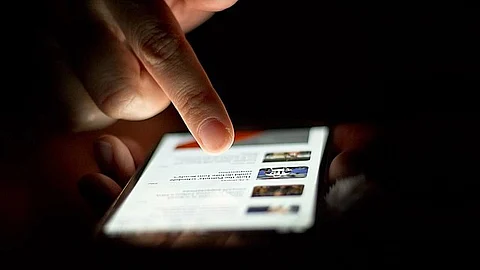Dr. Suffoletto says much larger studies need to be done, on people with a wide variety of ethnic backgrounds, to confirm the validity of voice patterns as an indicator of intoxication. He points out that it may also be helpful to build relationships with companies that are already collecting speech samples through smart speakers. And he sees this research as a call to action, urging the National Institutes of Health to develop data repositories for these types of digital biomarkers.
The ultimate goal is to develop an intervention system that people are willing to use and can help prevent injuries and save lives.
“Timing is paramount when targeting the optimal moment for receptivity and the relevance of real-time support,” he says. “For instance, as someone initiates drinking, a reminder of their consumption limits can be impactful. However, once they’re significantly intoxicated, the efficacy of such interventions diminishes.” (MV/Newswise)


